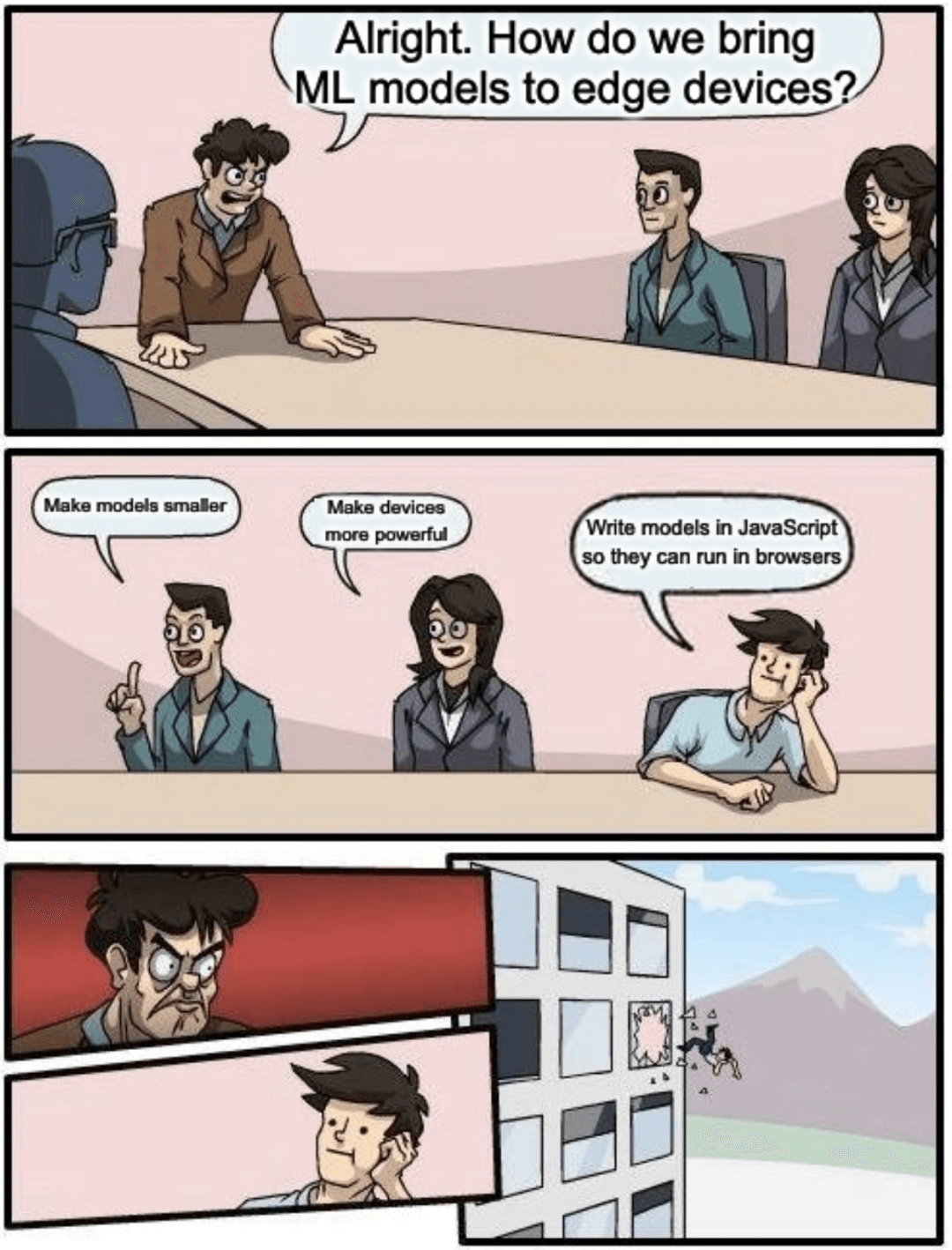On March 21st, the 2023 Spring GTC Conference of NVIDIA was held as scheduled, and NVIDIA CEO Huang Renxun delivered a keynote speech. “We are in the iPhone moment of AI”, Huang Renxun mentioned in his speech that start-ups are competing to build subversive business model, and industry giants are also looking for ways to deal with it.
In the coming days, the GTC Conference will also hold over 650 conferences hosted by leaders in the fields of technology, business, academia, and government.
The following are the 9 main points of Huang Renxun’s speech summarized by the multiple managers.
1. Reviewing the Development History of AI
In the past decade, the AI industry has undergone a historic leap. From the 2012 convolutional neural network AlexNet to the recent ChatGPT, it is inseparable from NVIDIA’s hardware support. AlexNet uses the NVIDIA GTX 580 for training, and when OpenAI trains the GPT-3, the A100 chip’s computing power used has already reached one million times that of the previous year.
During this period, NVIDIA not only provided computing power, but also built an application ecosystem that revolved around actual industries, becoming an indispensable part of natural sciences, chemical pharmaceuticals, visual analysis, data processing, machine learning, and AI fields.
2. New Computational Lithography Applications
After years of cooperation with companies such as TSMC, ASML, and Xinsi Technology, Nvidia has launched a new application for computational lithography. Huang Renxun introduced that this application can replace 40000 CPU servers used to drive computational lithography with 500 sets of DGX H100, reducing energy consumption from 35 megawatts to 5 megawatts, preparing for the arrival of 2nm and more advanced processes.
In his speech, Huang Renxun announced the launch of the computational lithography library cuLitho. According to him, cuLitho is a massive project that takes 4 years. By collaborating with three chip manufacturers, TSMC, ASML, and Synopsys, cuLitho has increased the speed of computational lithography by more than 40 times.
3. Combining GPU and quantum computing
Nvidia has announced a partnership with Quantum Machines to launch the DGX Quantum, the first system to combine GPU and quantum computing. It combines the universal quantum control system Quantum Machines OPX+and NVIDIA Grace Hopper superchip, using the new open source CUDA Quantum software platform. The system provides a revolutionary new architecture for researchers engaged in high-performance and low latency quantum classical computing.
DGX Quantum also provides developers with a unified software stack, a hybrid GPU Quantum programming model NVIDIA CUDA Quantum, which can integrate and program QPU, GPU, and CPU in the same system. It is a hybrid quantum classical computing platform. Currently, CUDA Quantum has opened its source code to provide more support for developers.
4. Cloud Services
Nvidia has announced the launch of the DGX cloud service in collaboration with Google Cloud, Microsoft Azure, and Oracle Cloud, and the cloud service using the H100 chip has been launched. This also means that companies attempting to train their own big language and image models will be able to quickly realize their vision through cloud services.
Nvidia confirms that GettyImages is using Nvidia’s Picasso AIGC model to generate cloud services and establish its own image and video generation AI; Shutterstock, another image copyright library, is also using Nvidia’s services to create 3D generative model.
Nvidia has announced a new BioNeMo cloud service for customizing AI basic models to accelerate the creation of new proteins and therapies, as well as research in genomics, chemistry, biology, and molecular dynamics. Anjin and more than a dozen other biotechnology startups have already joined this service.
Meanwhile, NVIDIA has launched its cloud service NVIDIA AI Foundations, providing customized services for language, data, and biological models. For example, Nvidia and Adobe have collaborated to integrate generative AI into the workflow of marketing and creative workers.
5. GPU inference platform
Nvidia has released a new GPU inference platform that includes four different configurations optimized for different workloads, corresponding to AI video acceleration, image generation acceleration, Large Language Model (LLM) acceleration and recommendation system, and LLM database, including L4 Tensor Core GPU, L40 GPU, H100 NVL GPU, and Grace Hopper superchip.
Huang Renxun stated that the only GPU currently capable of actually processing ChatGPT is the NVIDIA HGX A100. Compared to the former, a standard server equipped with four pairs of H100 and dual NVLINK can now run 10 times faster, which can reduce the processing cost of large language models by an order of magnitude.
6. Strong collaboration with BYD
In multiple models of the next-generation Dynasty series and Ocean series, BYD will use the NVIDIA DRIVE Orin high-performance computing platform.
7. RTX 4000 SFF Ada architecture graphics card
NVIDIA also released its RTX 4000 SFF Ada architecture graphics card on Tuesday, a low-power, compact product that combines third-generation RT Core, fourth-generation Tensor Core, and 20GB graphics memory.
8. Computer Vision AI
Nvidia has also released the CV CUDA beta, an open-source GPU acceleration library for cloud scale computer vision. Huang Renxun revealed that companies such as Microsoft, Tencent, and Baidu are all using CV CUDA for computer vision AI research.
9. Industrial simulation applications
Omniverse is mainly used to allow enterprises to “preview” the actual finished products through digital simulation before actually constructing factories and producing products. For example, the popular “black light factory” in recent years can be designed and simulated through Omniverse. Through partner iteration of Omniverse workstations and OVX platforms, Nvidia has also launched Omniverse cloud services with Microsoft.
In the automotive industry, Volvo and General Motors use Omniverse’s unified product design pipeline, Toyota uses it to create digital twin factories, Mercedes Benz uses this software to establish and optimize the production line of new cars, and BMW’s new electric vehicle factory, which plans to be put into production in 2025, has successfully operated in the software.
